IPPCAAS Reveals Indoor Distribution Patterns and Exposure Risks of Pesticides from Mosquito-Coil Products
Recently, the Pesticide Application Risk Control Innovation Team of the Institute of Plant Protection, Chinese Academy of Agricultural Sciences (IPPCAAS) published a paper in Environmental Science & Technology (Impact Factor = 12.4), systematically evaluating the release behavior, spatial distribution, migration, and exposure effects of pesticide active ingredients in commonly used household mosquito-control products, including disc, electric liquid and electric mats, under different ventilation conditions. The study provides scientific data to support the safe use of these products.
Household mosquito repellents are widely used and frequently encountered in daily life, but their release mechanisms, exposure pathways, and health risks remain poorly understood. The study revealed that under poor ventilation, pesticide concentrations in the breathing zone from disc incense were significantly higher than those from electric mosquito products, reaching up to 0.0223 mg/m³—2 to 3 times higher. Improved ventilation not only lowered the airborne concentrations but also altered surface deposition patterns, reducing inhalation exposure risk by 76% and dermal exposure risk by 96%.
Importantly, more than 73% of active ingredients from mosquito products can enter water systems through household cleaning, raising potential risks of secondary exposure via drinking water. Animal exposure experiments further confirmed these differences: pesticide metabolites from disc incense accumulated at 20–30 times the levels observed for electric mosquito products, and high-dose exposure led to elevated liver enzyme activities (ALT, AST) in mice.
Risk assessment indicated that most mosquito-control products are safe under proper ventilation and standard usage. The study suggests consumers should make informed choices: households with children may preferentially use electric mosquito liquids or mats, avoid prolonged use in enclosed spaces, and ensure adequate indoor ventilation.
IPPCAAS is the leading institution of the paper. Zhang Wenbo, a joint PhD student of IPPCAAS and Southwest University, is the first author, and Associate Professor Pan Xinglu is the corresponding author. The study was supported by the National Natural Science Foundation of China (General Program) and the National Key R&D Program.
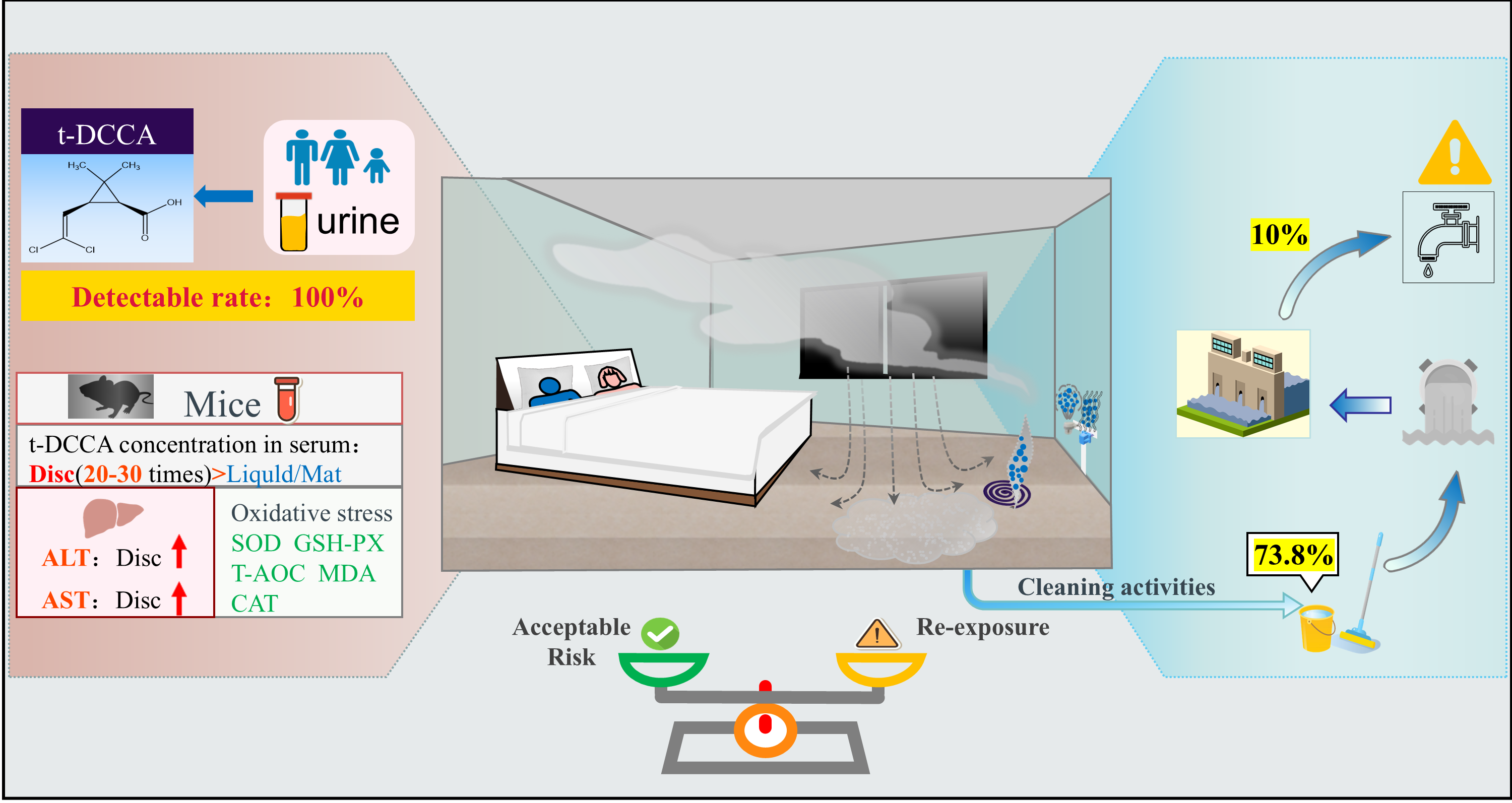
-
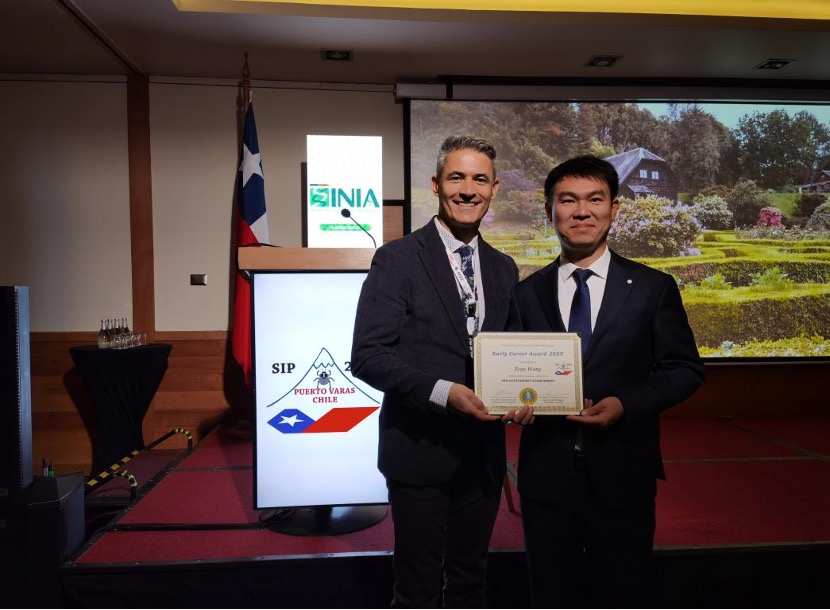 IPPCAAS Expert Wins the Society for Invertebrate Pathology Early Career Award
IPPCAAS Expert Wins the Society for Invertebrate Pathology Early Career Award -
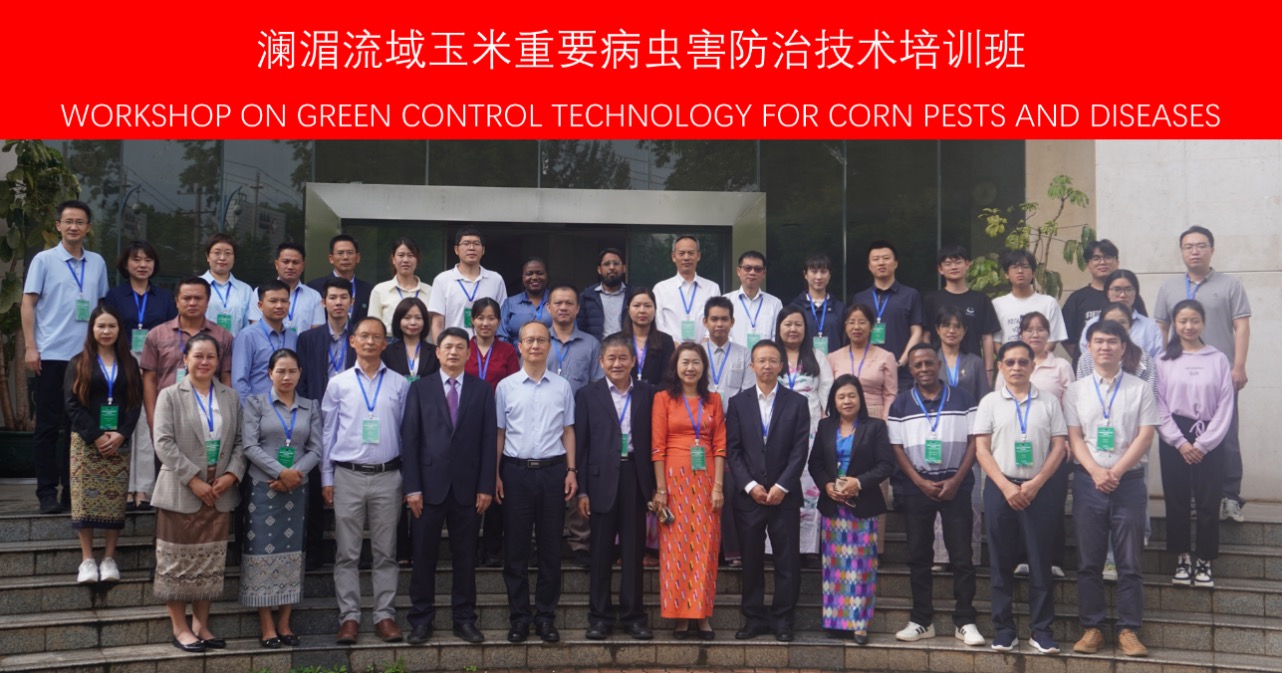 Workshop on Green Control Technology for Corn Pests and Diseases in the Lancang-Mekong Region successfully held in Kunming
Workshop on Green Control Technology for Corn Pests and Diseases in the Lancang-Mekong Region successfully held in Kunming -
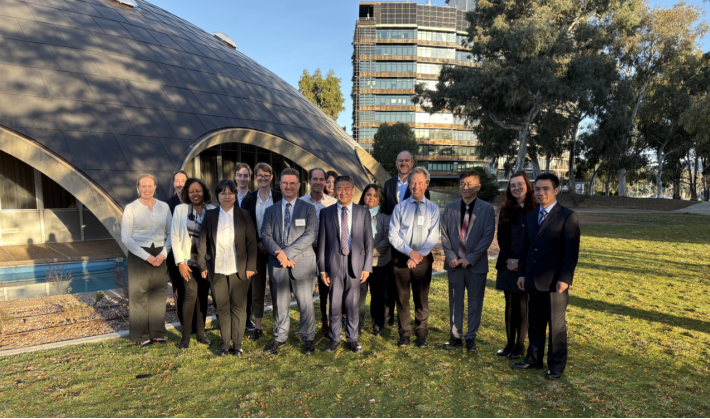 IPPCAAS Experts Visit Australia to Promote In-Depth China–Australia Cooperation in Plant Biosafety
IPPCAAS Experts Visit Australia to Promote In-Depth China–Australia Cooperation in Plant Biosafety -
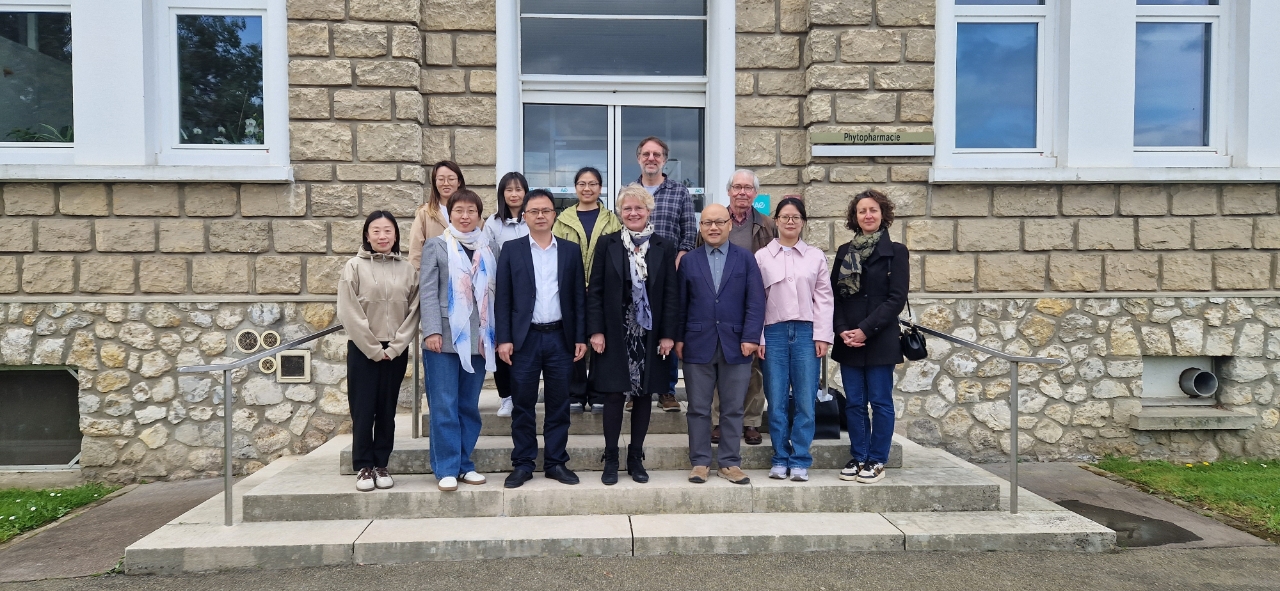 China-France cooperation in plant protection was further strengthened
China-France cooperation in plant protection was further strengthened
